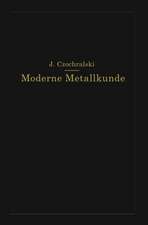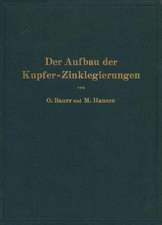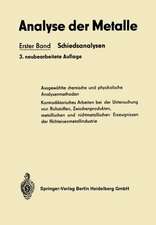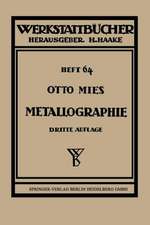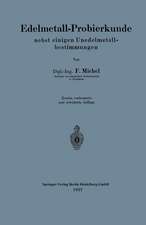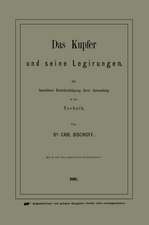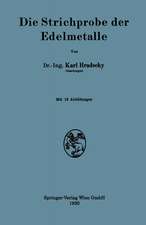Industry and Technology in Antebellum Tennessee: The Archaeology of Bluff Furnace
Autor R. Bruce Council Contribuţii de Nicholas Honerkamp, M. Elizabeth Willen Limba Engleză Paperback – 10 aug 1992
Traditional images of the antebellum South emphasize agrarianism, slave labor, and an aristocratic social structure; absent from such mental landscapes are industrial facilities such as blast furnaces and rolling mills, coal mines and railyards, textile mills and lumberyards. This study of a major industrial site in Chattanooga, Tennessee, suggests the richly textured interplay between northern and southern technologies, slave labor and free, entrepreneur and planter, that in fact characterized the South on the brink of Civil War.
Early in 1860, the East Tennessee Iron Manufacturing Company put into blast the first coke-fired furnace in the Southern Appalachian iron-producing region. In November of that year, the wall of the furnace's hearth ruptured, and the hearth's contents of semimolten iron congealed into an intractable mass. Before repairs could be made, Tennessee was invaded by Union armies. Movable equipment was sent to Alabama, and the occupying Federal troops used the partially demolished stack for making lime. By century's end, Bluff Furnace had been buried and forgotten.
In the late 1970s, erosion from a storm sewer began to expose portions of the furnace. Subsequent investigations of the site united field archaeology, site history, and artifact analysis. Discussing the resulting data within the context of the regional and national midnineteenth-century iron industry, the authors have constructed an exemplary and highly readable introduction to the field of industrial archaeology.
The Authors: R. Bruce Council is Research Instructor at the Jeffrey L. Brown Institute of Archaeology, University of Tennessee, Chattanooga.
Nicholas Honerkamp is Director of the Jeffrey L. Brown Institute of Archaeology and UC Foundation Associate Professor of Sociology-Anthropology, University of Tennessee, Chattanooga.
M. Elizabeth Will holds a PhD in soil science from the University of Florida.
Preț: 149.42 lei
Nou
Puncte Express: 224
Preț estimativ în valută:
28.60€ • 29.54$ • 23.80£
28.60€ • 29.54$ • 23.80£
Carte tipărită la comandă
Livrare economică 26 martie-09 aprilie
Preluare comenzi: 021 569.72.76
Specificații
ISBN-13: 9780870497445
ISBN-10: 0870497448
Pagini: 248
Dimensiuni: 152 x 229 x 20 mm
Greutate: 0.4 kg
Ediția:First Edition, First Edition
Editura: University of Tennessee Press
Colecția Univ Tennessee Press
ISBN-10: 0870497448
Pagini: 248
Dimensiuni: 152 x 229 x 20 mm
Greutate: 0.4 kg
Ediția:First Edition, First Edition
Editura: University of Tennessee Press
Colecția Univ Tennessee Press
Notă biografică
The Authors: R. Bruce Council is Research Instructor at the Jeffrey L. Brown Institute of Archaeology, University of Tennessee, Chattanooga.
Nicholas Honerkamp is Director of the Jeffrey L. Brown Institute of Archaeology and UC Foundation Associate Professor of Sociology-Anthropology, University of Tennessee, Chattanooga.
M. Elizabeth Will holds a PhD in soil science from the University of Florida.
Nicholas Honerkamp is Director of the Jeffrey L. Brown Institute of Archaeology and UC Foundation Associate Professor of Sociology-Anthropology, University of Tennessee, Chattanooga.
M. Elizabeth Will holds a PhD in soil science from the University of Florida.
Recenzii
This excellent work will be of interest to regional historians as well as anyone interested in the history of American technology. It is the only historical archaeology report of its type that has been published, a detailed study of a Tennessee iron industry site. And it is written with the nonprofessional reader in mind. —Sam D. Smith, historic archaeologist, Tennessee Department of Conservation







